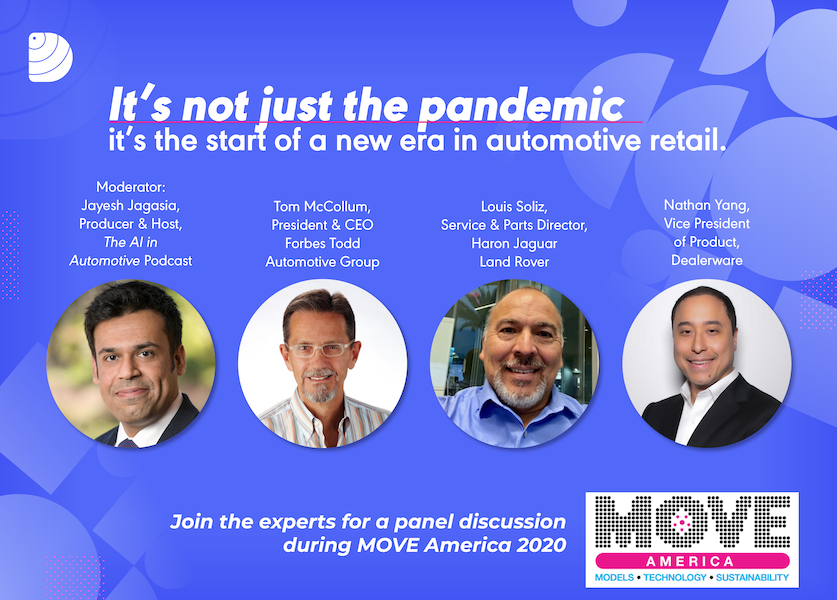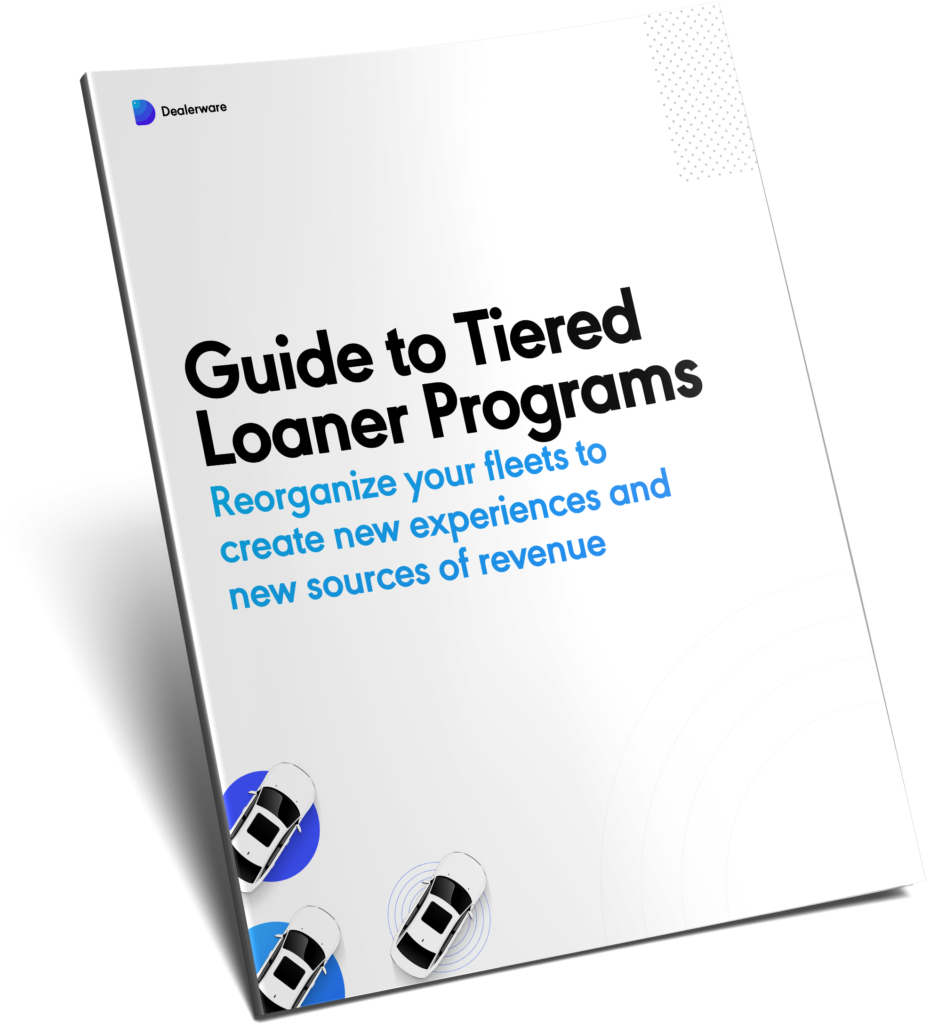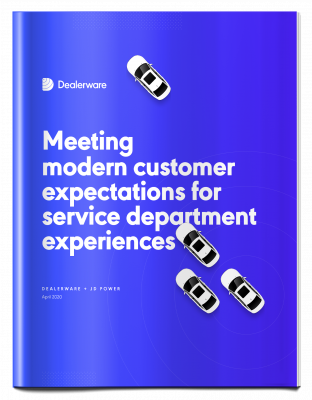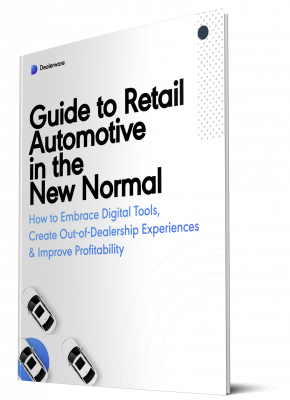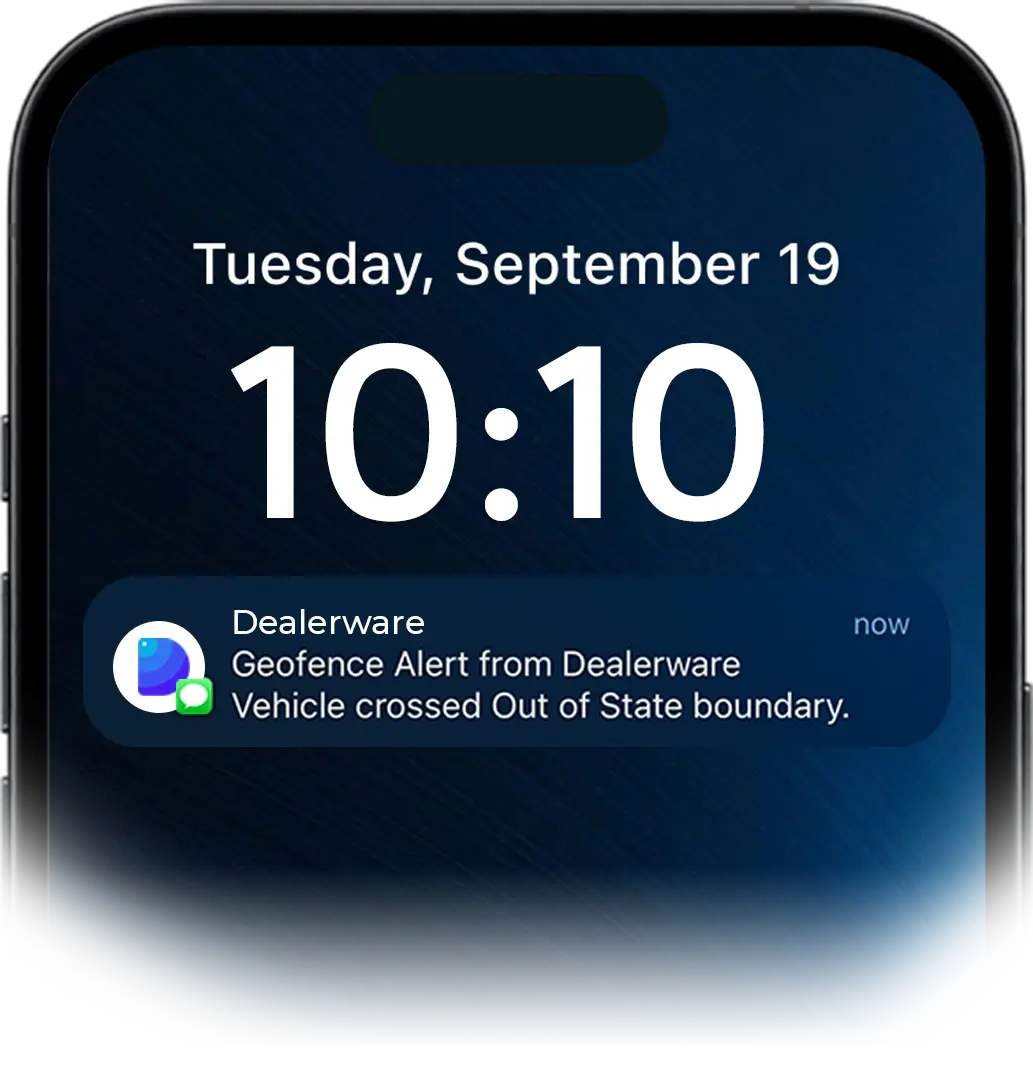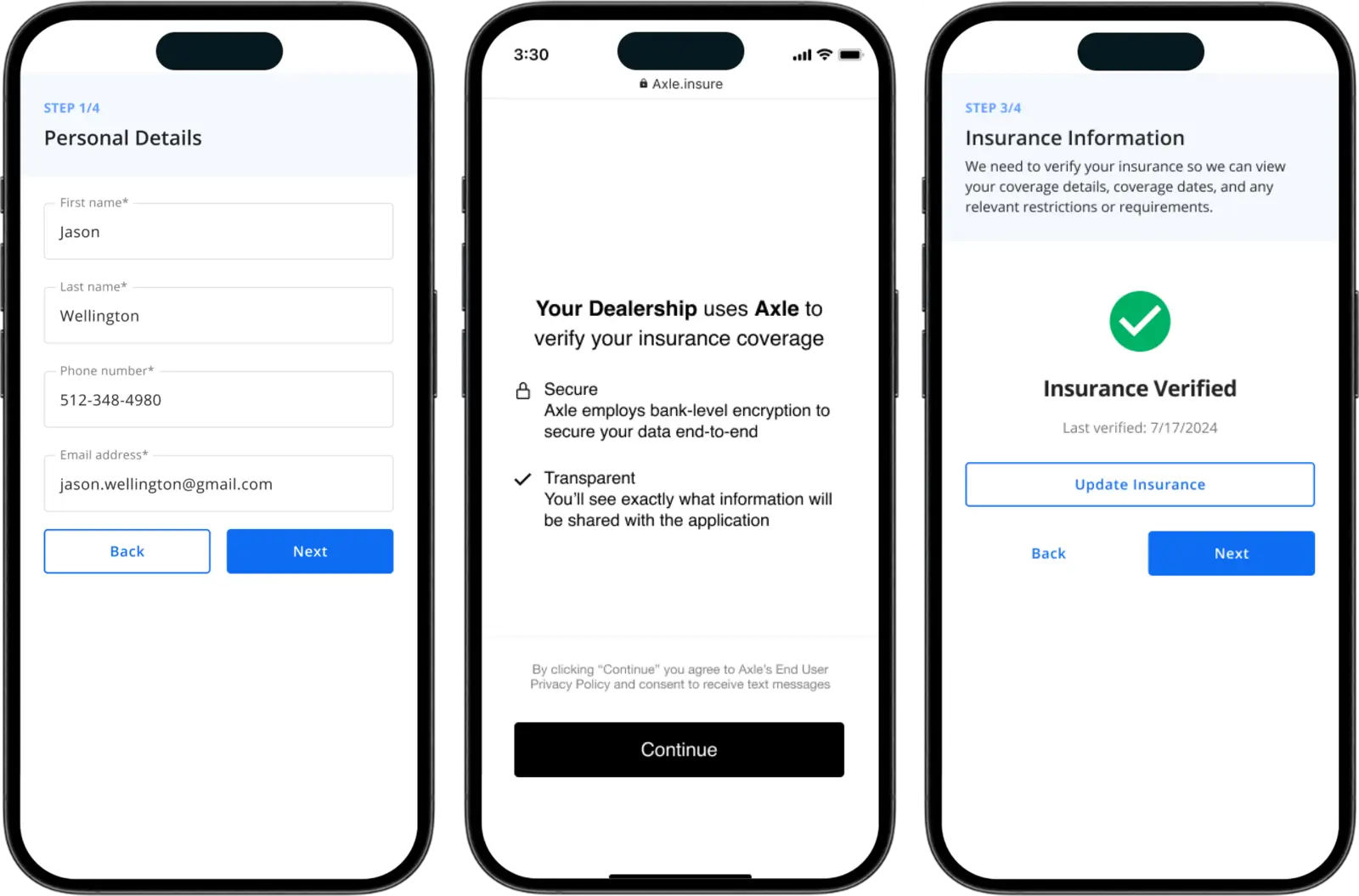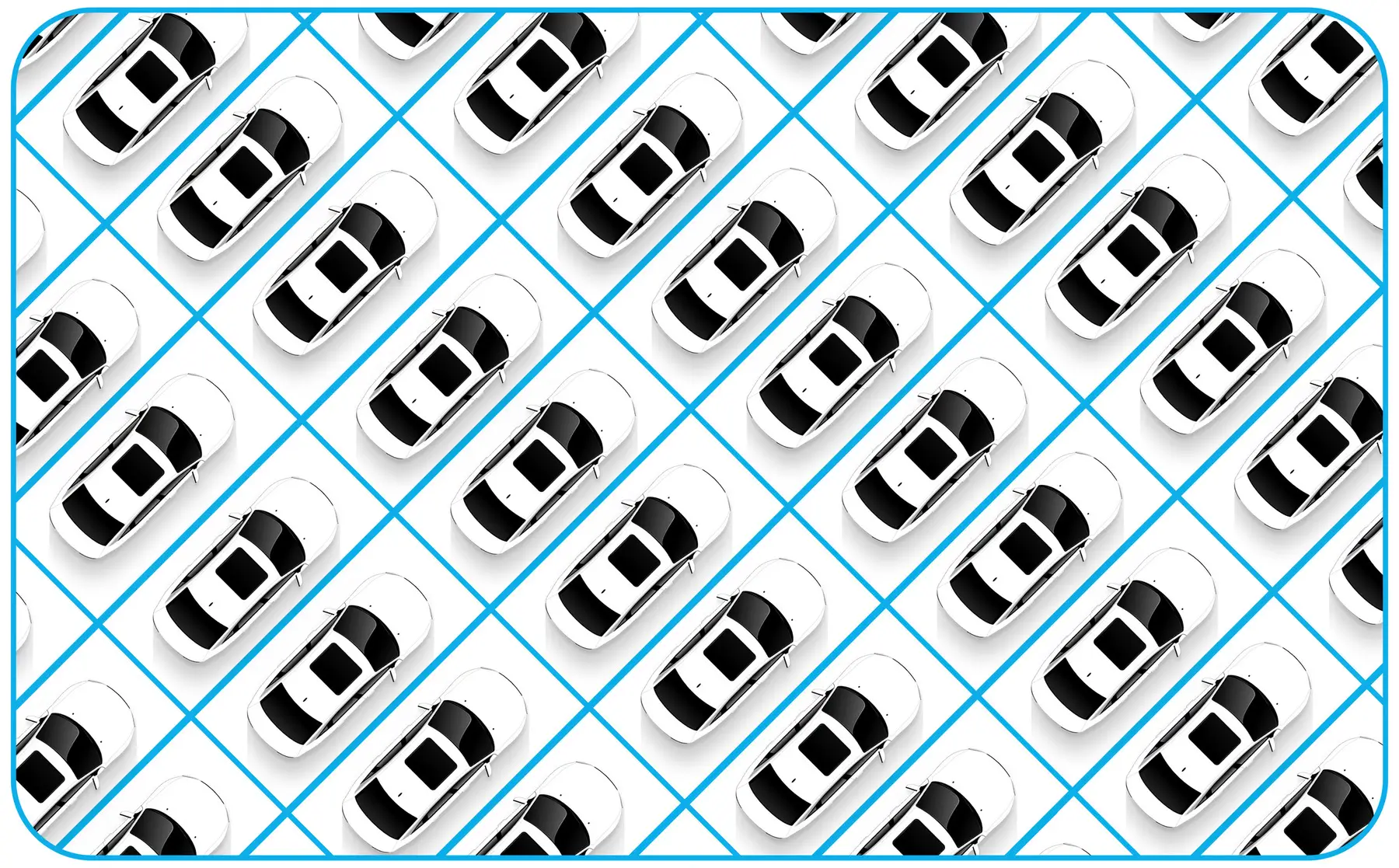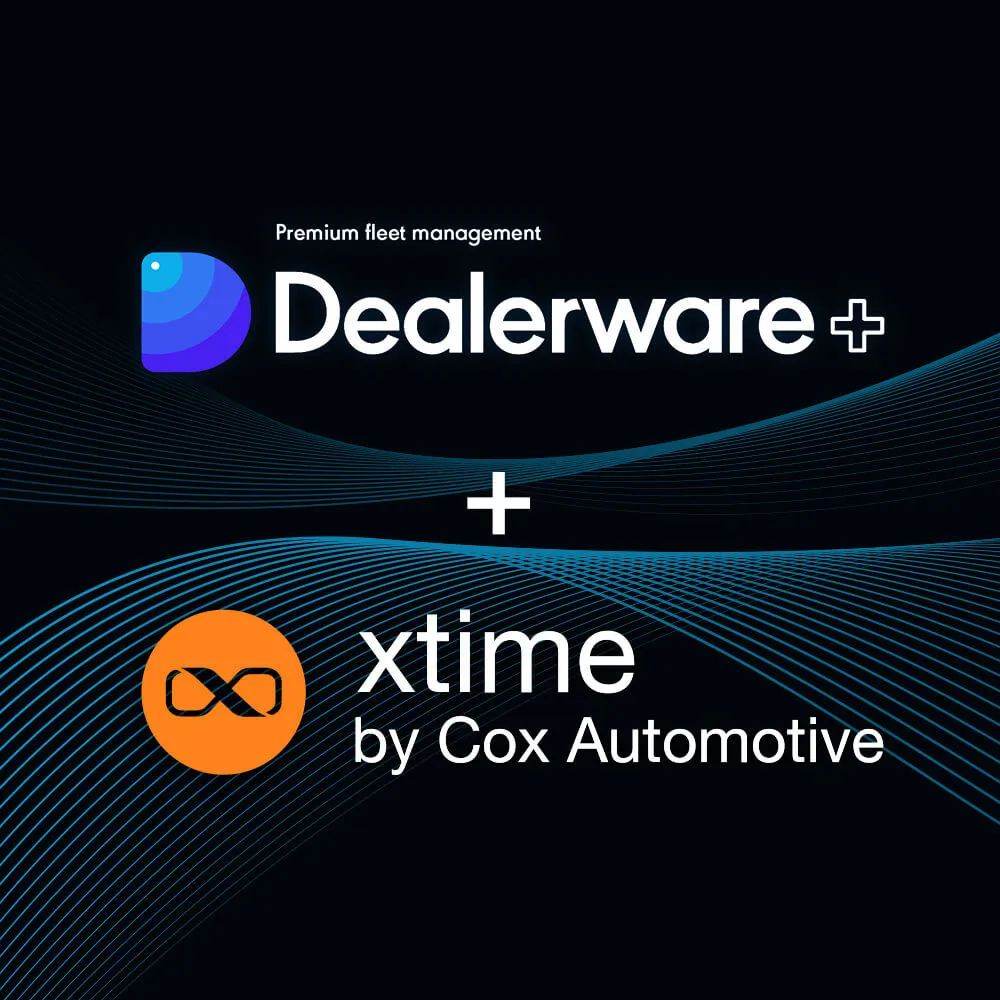At the beginning of September, Nathan Yang, Dealerware’s vice president of product joined Tom McCollum, CEO of Forbes Todd Automotive Group and Louis Soliz, service & parts director for Haron Jaguar Land Rover, in a panel discussion moderated by Jayesh Jagasia, producer and host of the AI in Automotive podcast. The topic – rapid innovation happening at dealerships around the country.
The discussion, titled “It’s not just the pandemic – it’s the start of a new era in automotive retail,” focused on ways the pandemic accelerated trends of digitalization at dealerships, how some of those trends might reverse after COVID-19, and where technology is most ready to create lasting change.
Below, find summarized remarks from the panelists on a selection of topics discussed during MOVE America:
On the “digital dealership” and ways customer expectations are changing today

Forbes Todd Automotive Group
“Platforms like Amazon have taught us all to have certain expectations when interacting with a retailer, and it’s important for dealers to sell a car to consumers the way they want to buy,” McCollum said.
At Forbes Todd Automotive Group, McCollum says customers approach a purchase through a blended experience – they can look at a car, fill out a credit application and even appraise a trade online, but at a certain point the customer will stop and come into the dealership. It’s critical, he said, that dealerships don’t force the customer to start all over again – a successful digital dealership blends the in-store and online experiences to the customer’s convenience.
Speaking on the impact of digital dealership technology in the service department, Soliz noted that online appointment scheduling and even more advanced digital interactions like explaining repairs over video call make operations very efficient, and that efficiency can equal revenue.
However, “dealerships need to recognize their customers, understand their level of comfort with new technologies and help them to adapt comfortably,” Soliz said. Planning for blended needs builds trust with customers and will help them feel more comfortable using online tools during their next visit.
“Historically, the way the auto industry evolved, [the meaning of mobility] was quite binary and constrained: you always picked a whole number of vehicles that you own or lease,” Yang said.
Today, mobility is much more multifaceted. Dealerships thinking of customer needs in terms of mobility can connect vehicles to serve a wider range of consumer needs, Yang explained, and in doing so they can potentially better understand all sides of their mobility offerings to reduce waste and deliver vehicle experiences that meet more specific needs.
On the meaning of mobility and how technologies help dealerships deliver

VP, Product, Dealerware
“When [we think about digital dealership trends] we know that when you connect the dealership, the vehicles and the customers, suddenly you can enable different ways of obtaining mobility and different ways of moving from A to B, and you create experiences that are financially and experientially rewarding to everyone – the dealership, the manufacturer and the customer,” Yang said.
For McCollum, mobility means filling transportation gaps. At Forbes Todd Automotive they’ve embraced the idea that mobility offerings create great experiences that can contribute to return business.
“We [do] 500-600 shared rides a month in addition to our loaner fleet,” he explained about providing shuttle-style mobility services.
Loaner vehicles serve more of a dual purpose and can contribute to sales – “we get a lot of exposure from our loaner fleet,” McCollum said. “We sell a lot of vehicles as a result of that experience. [The loaner] is likely different than the vehicle they dropped off in the service department,” so customers have an opportunity to experiment with a new vehicle and consider a new purchase while they’re waiting for their car to be serviced.
In a similar way, McCollum explained that he’s become more inclined to offer extended test drives to some customers, so “we can allow that customer a more extended experience, and I think that pays dividends for us in the long run,” he said.
On new revenue and whether digital retailing will take over

Service & Parts,
Haron Jaguar Land Rover
Soliz pointed out that efficiency in the service department means revenue. The tools technicians use to save time help them complete repairs more quickly, and the tools customers use to communicate with the dealership remove bottlenecks that used to draw out repair order timelines. However, efficiency isn’t the only path to profitability – Soliz also pointed out that just after their sales department was able to reopen in 2020, the service department saw a record month.
“People are anxious to get out and as more people can trust [in their safety], the more traffic we see,” Soliz said. Dealerships must be ready to serve the foot traffic, and it’s still a major part of the business.
Success with online scheduling tools, new digital communication and authorization forms and even with online sales tools will help dealers remain efficient to still serve the foot traffic and help customers adapt to ever-more convenient processes.
For McCollum, today’s accelerated digital retailing trend has done more to “catch up the laggards” to digital dealership technologies than it has to fundamentally change automotive retail experiences. “We know people like to come and interact, and our showroom ain’t a bad place to hang out,” McCollum said. But now “every dealership has a first aid kit called digital showrooms and we’re prepared.”
What McCollum hopes will continue is the introduction of more tools to help consumers explore digitally. “I don’t think huge showrooms are the way of the future,” he said. “I think we could have virtual reality to help you experience the vehicle and we could be a lot more efficient in that regard, so we can invest where the investment is important, and that’s servicing that car after the sale.”
To learn more about ways automotive retail can become more flexible, efficient and mobility-focused, we recommend reading the following resources:



